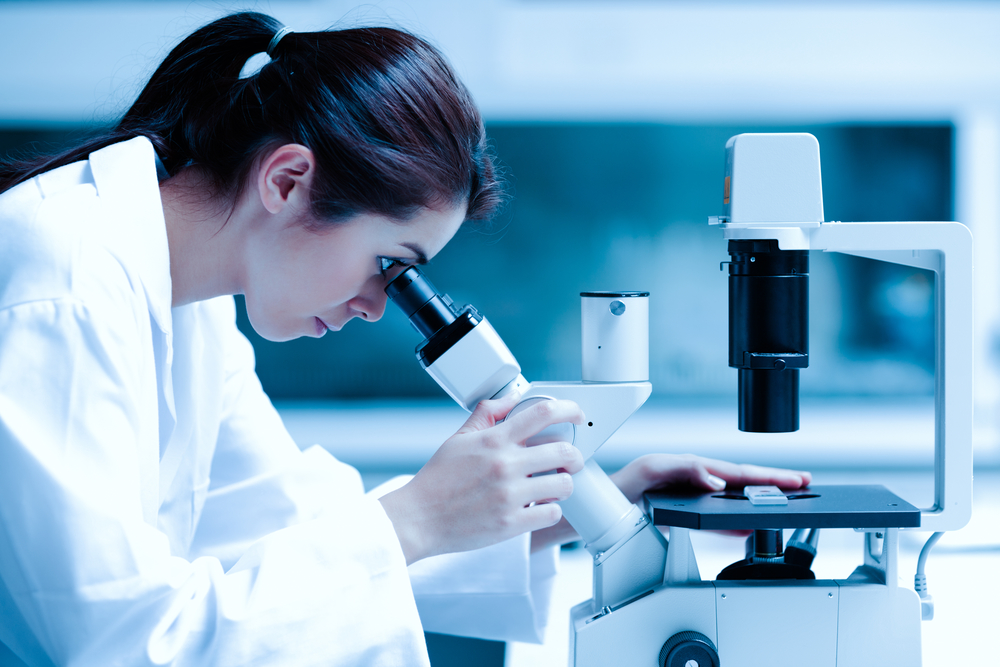To advance scientific progress with any cell type, a basic level of knowledge needs to be acquired, including protocols for cell isolation, growth, expansion, differentiation, and more. It requires that characteristics of the cells be observed to determine how they are affected by environmental variation. To date, a significant amount has been learned about mesenchymal stem cells, as 30,697 scientific articles have been published about the cell type.[1] Of those, more than half (17,998) have been published within the last five years.[2]
However, there remain areas of mesenchymal stem cell activity that are unclear, particularly when the cells are considered for clinical application, including how to guide MSCs in vivo, how MSCs interact as implanted cells with local signals, how MSCs create immuno-modulatory effects, and more. For this reason, basic research activity with MSCs is critical. It furthers the ability of medical researchers to safely and effectively investigate MSCs as therapeutic agents and consider them for use in applied fields that include regenerative medicine, tissue engineering, drug delivery, and more.
Basic research with MSCs is prevalent within the academic community, because the sector has unusual freedom to explore fundamental principles without immediate commercial profits. The following are areas of research receiving current emphasis and attention.
1. Mesenchymal Stem Cell (MSC) Morphology
This area is relatively well understood, due to a variety of imaging techniques used to characterize MSC morphology since their discovery in the 1960s. However, new nuances and distinctions continue to be introduced with the introduction of new imaging technologies.
2. Mesenchymal Stem Cell (MSC) Detection
A definitive test does not exist to determine whether a single cell is a mesenchymal stem cell. While surface antigens can be used to isolate a population of cells that have comparable self-renewal and differentiation capacities, MSCs as a population do not usually express all of the same biological markers. Furthermore, there is still uncertainty as to which markers should be expressed in order to classify a cell as an MSC. Because of the heterogeneous nature of MSC populations, it may be that the therapeutic properties attributed to MSCs are a consequence of interactions among the different cells that compose an MSC culture, which would suggest that there is no one cell that has all the properties. Because this is a complicated and controversial area of basic MSC research, it has received and will likely continue to receive a significant amount of attention.
3. Mesenchymal Stem Cell (MSC) Differentiation Capacity:
MSCs demonstrate great capacity for self-renewal while maintaining multi-potency. Beyond that, there is little that can be definitively said about their differentiation capacity. The standard test to confirm MSC multi-potency is to differentiate the cells into their distinct lineages of osteoblasts, adipocytes, and chondrocytes. However, the degree to which an MSC culture will differentiate varies both by tissue source of origin and by donor.
At this time, it is not clear whether this variation is due to varying amounts of “true” progenitor cells present within cultures or variable differentiation capacities of progenitor cells from person to person. For example, it is known that the capacity of MSCs to proliferate and differentiate decreases with the age of the donor, as well as the time in culture, but it is not known whether this is due to a decrease in the number of MSCs or physiological change within existing MSCs.
4. Mesenchymal Stem Cell (MSC) Immuno-modulatory Effects
Many studies have indicated that human MSCs avoid allorecognition, interfere with dendritic cell and T-cell function, and generate a local immunosuppressive microenvironment by secreting cytokines.[3] It has also been shown that the immuno-modulatory function of human MSC is enhanced when the cells are exposed to an inflammatory environment characterized by the presence of elevated local interferon-gamma levels.[4] Other studies disagree with some of these findings, reflecting both the highly variable nature of MSC isolates and the substantial differences between isolates generated by the numerous methods under development. Contradictory findings in this area will continue to generate ongoing study.
FOOTNOTES:
[1] Figure calculated using search of PubMed Database (http://www.ncbi.nlm.nih.gov/pubmed) for the search terms: [“Mesenchymal Stem Cell” OR “Mesenchymal Stem Cells”] OR [“Marrow Stromal Cell” OR “Marrow Stromal Cells”] OR [“Multi-potent Stromal Cell” OR “Multi-potent Stromal Cells”] OR [“Colony-Forming Unit-fibroblast” OR “Colony-Forming Unit-fibroblasts”]. Executed October 17, 2015.
[2] Ibid.
[3] Ryan JM, Barry FP, Murphy JM, Mahon BP. Mesenchymal stem cells avoid allogeneic rejection. J Inflamm (Lond) 2005; 2: 8.
[4] Ryan JM, Barry F, Murphy JM, Mahon BP. Interferon-gamma does not break, but promotes the immunosuppressive capacity of adult human mesenchymal stem cells. Clin Exp Immunol 2007; 149(2): 353–363.
